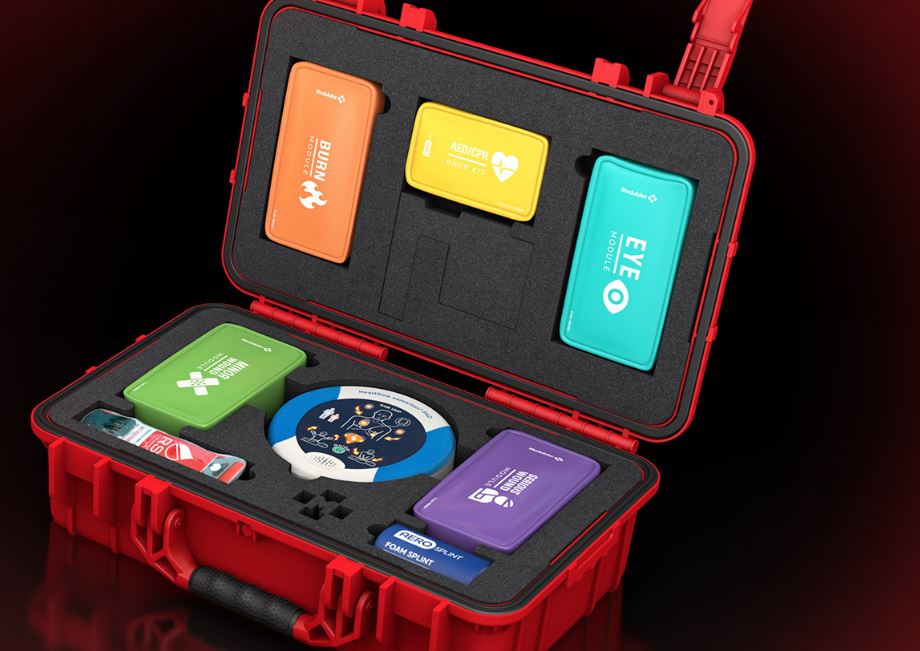How do I Choose the Correct AED for my Company By: Michael Wehrer
The safety of employees and visitors is paramount at every business or work site. Among the essential tools for workplace safety is an Automated External Defibrillator (AED), a device that can be a lifesaver in the critical moments following a sudden cardiac arrest (SCA). Choosing the correct AED for your company is a decision that should be made with careful consideration. Below we have explored key factors to help you make an informed choice and create a safer environment for everyone.
- Assessing the Needs of Your Workplace:
- Employee Count and Footprint: Consider the size of your company and the layout of your workplace. Larger companies or those with multiple floors may require more than one AED for effective coverage. American Heart Association recommends the three minute rule.
- Risk Factors: Evaluate the risk factors specific to your industry or workplace. Some environments, such as manufacturing facilities or gyms, may have a higher risk of cardiac events, influencing the number of AEDs needed.
- Ease of Use and Training:
- User-Friendly Design: Opt for AEDs with intuitive interfaces and clear voice prompts. In a high-stress situation, ease of use is crucial for both trained and untrained individuals.
- Training Programs: Choose a model that comes with comprehensive training programs. Proper training ensures that employees are confident and capable of using the AED effectively when it matters most.
- Durability and Maintenance:
- Robust Construction: Select AEDs that are designed to withstand various environmental conditions. Consider the durability of the device, especially if it will be placed in areas with temperature fluctuations or high humidity.
- Regular Maintenance: Ensure that the chosen AED has a straightforward maintenance process. Regular self-checks and easy-to-replace components are essential for keeping the device in optimal working condition.
- Integration with Emergency Services:
- Connectivity Features: Some AED models offer connectivity features that enable the device to transmit data to emergency services automatically. This can lead to faster response times and improved outcomes for the individual experiencing cardiac arrest.
- Remote Monitoring: Explore AEDs that allow for remote monitoring and updates. This feature can be invaluable in ensuring that your devices are always up-to-date with the latest software and guidelines.
- Regulatory Compliance:
- FDA Approval: Ensure that the AED you choose is approved by the relevant regulatory authorities, such as the U.S. Food and Drug Administration (FDA). Compliance with these standards is critical for the device's effectiveness and legal requirements.
- Medical Oversight: Some states and countries require medical oversight for AED programs. Consult with healthcare professionals or local authorities to ensure compliance with any regulations in your area.
Conclusion:
Investing in the right AED for your company is a proactive step towards creating a safer work environment. By considering the specific needs of your workplace, prioritizing user-friendly designs, ensuring durability and easy maintenance, and staying abreast of regulatory requirements, you can make an informed decision. Remember, the correct AED can make a significant difference in response times during a cardiac emergency, potentially saving lives and ensuring the well-being of your employees.
Let Colorado Safety Supply assist you in your decision to determine the AED, placement of an AED on site and options for consideration.















